Cultivating Hope: The Life of a Farmer in the Kashmir Valley
Hello everyone! I wish good health and peace to all who read this. Today, I wanted to shed light on a topic that is deeply rooted in the livelihood of thousands in Kashmir — fruit cultivation. Though often overshadowed by tourism, it quietly supports countless families across the valley.
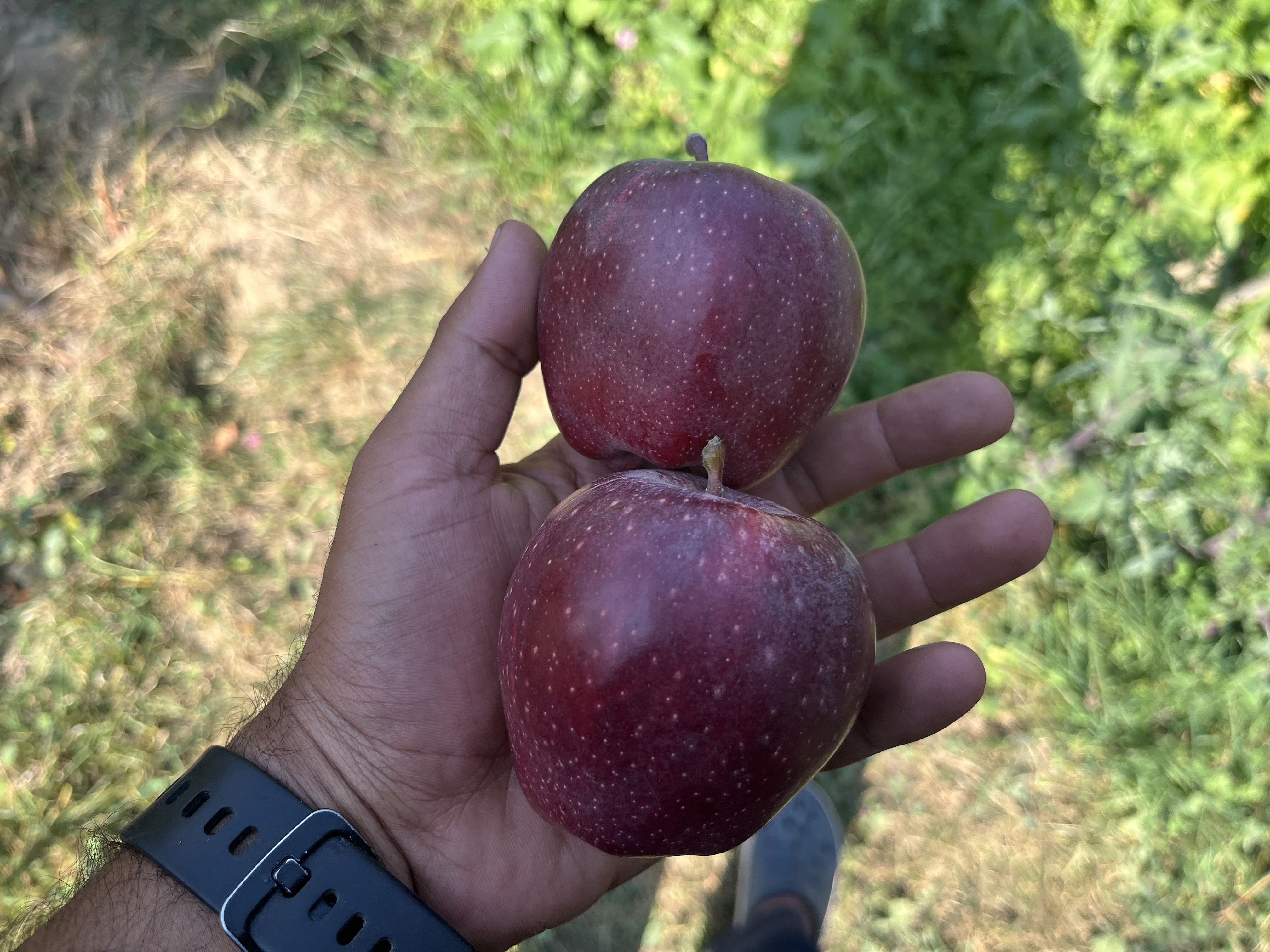
In terms of employment generation, fruit cultivation ranks just after tourism here. It is an extensive sector that engages a wide variety of people — from orchard workers and transporters to pesticide suppliers and market traders. Some are directly in the field, while others support it indirectly, yet all contribute meaningfully to the economic fabric of Kashmir.
Our valley produces nearly 2 million metric tons of fruit annually, which astonishingly accounts for around 70% of India’s entire fruit output. This robust industry brings in between INR 11,000 and 12,000 crore to the economy, proving its importance beyond regional boundaries.
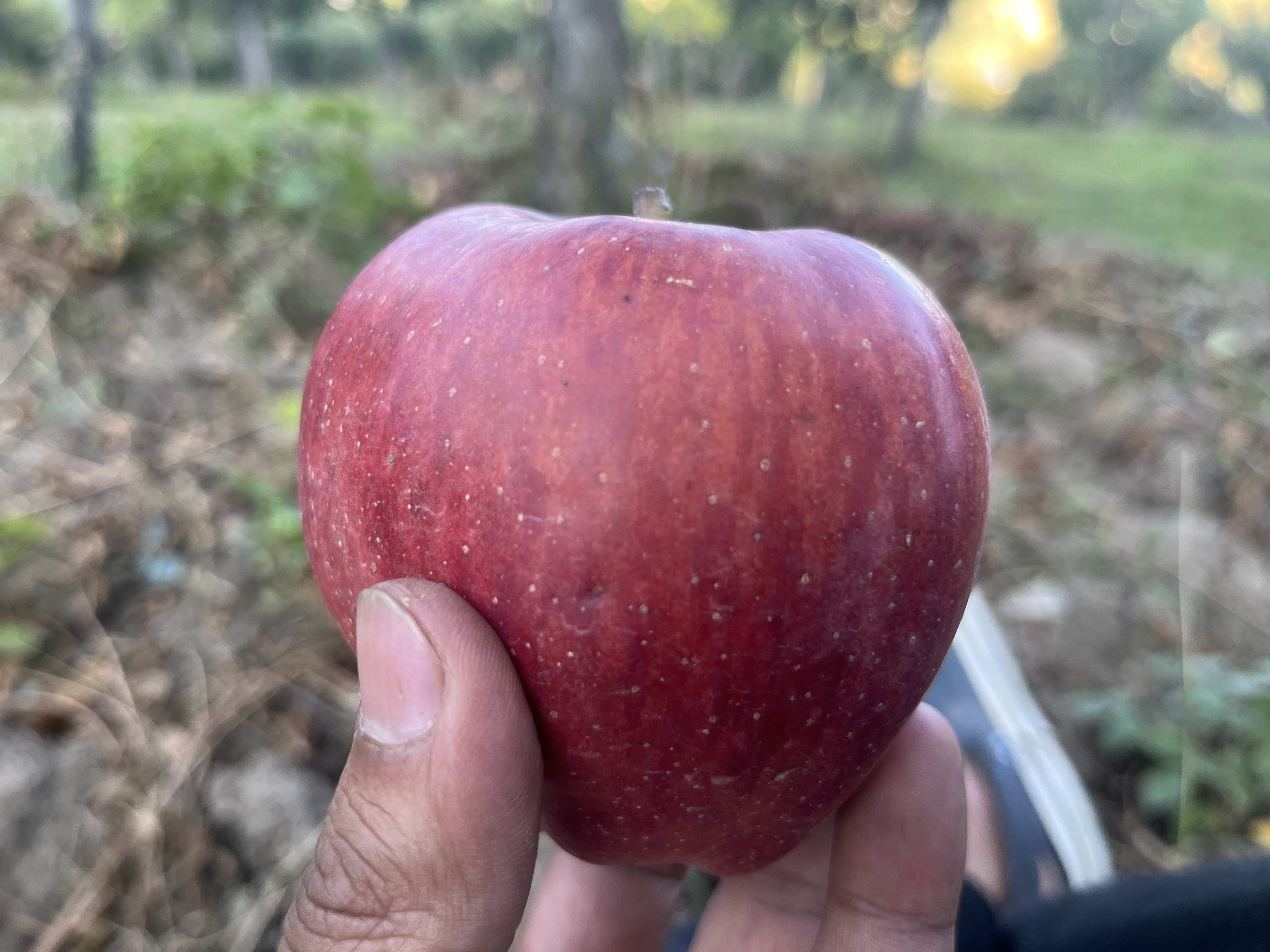
For the farming community, the journey begins with the first signs of spring. As soon as the harsh winter eases, their work starts — spraying horticultural oils, applying fertilizers, tackling pests with insecticides and fungicides, and nurturing the trees until the fruits are ready for harvest. It’s a year-round endeavor with no real pause, just a shift in the type of labor required.
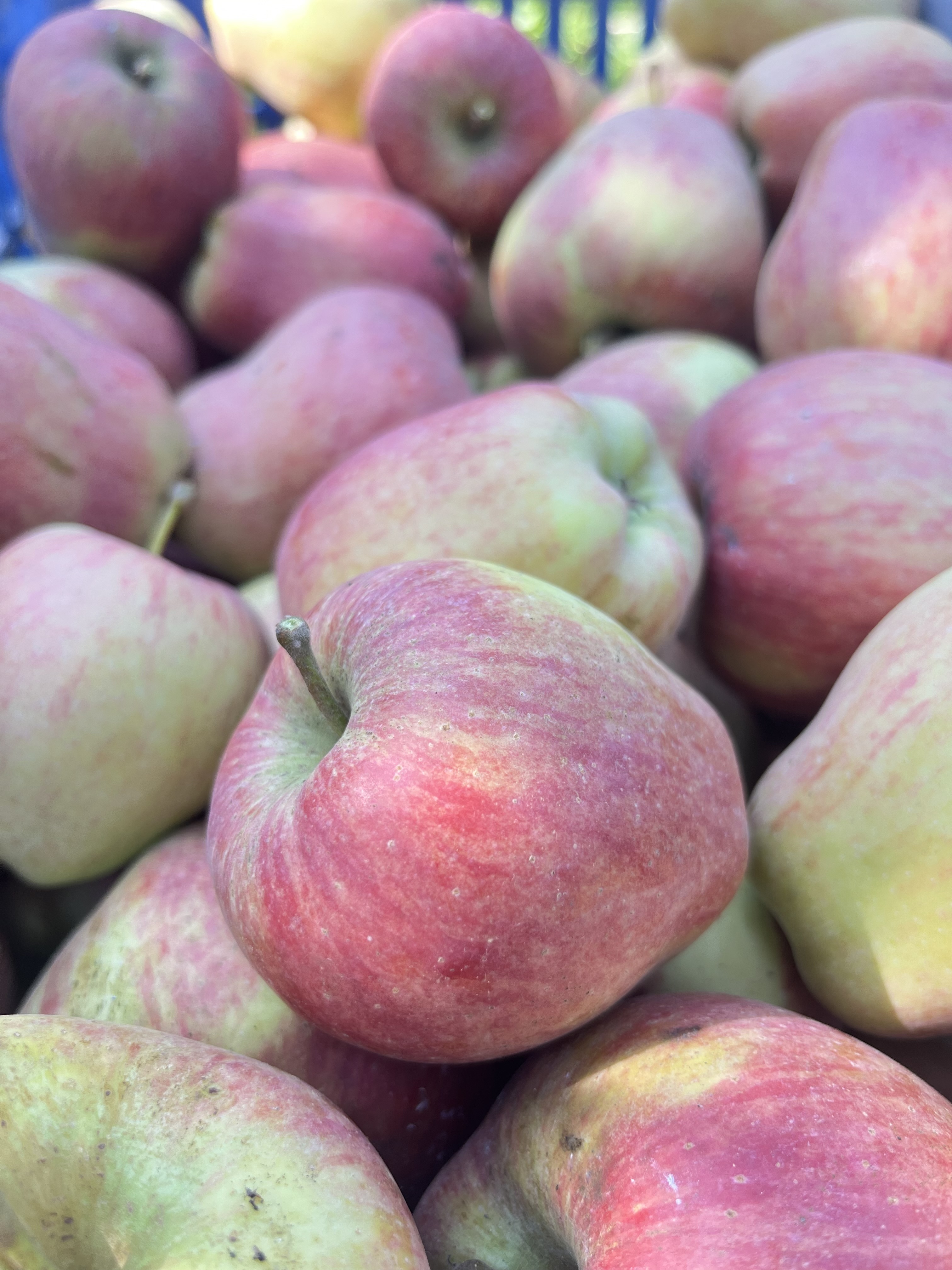
Unfortunately, this dedication comes at a steep cost. Farmers often find themselves borrowing money to cover the high expenses of cultivation. From purchasing agricultural inputs to paying laborers during the critical phases, the financial strain is heavy. When nature turns unfriendly — be it hail, frost, or untimely rainfall — their entire year’s effort may go to waste.
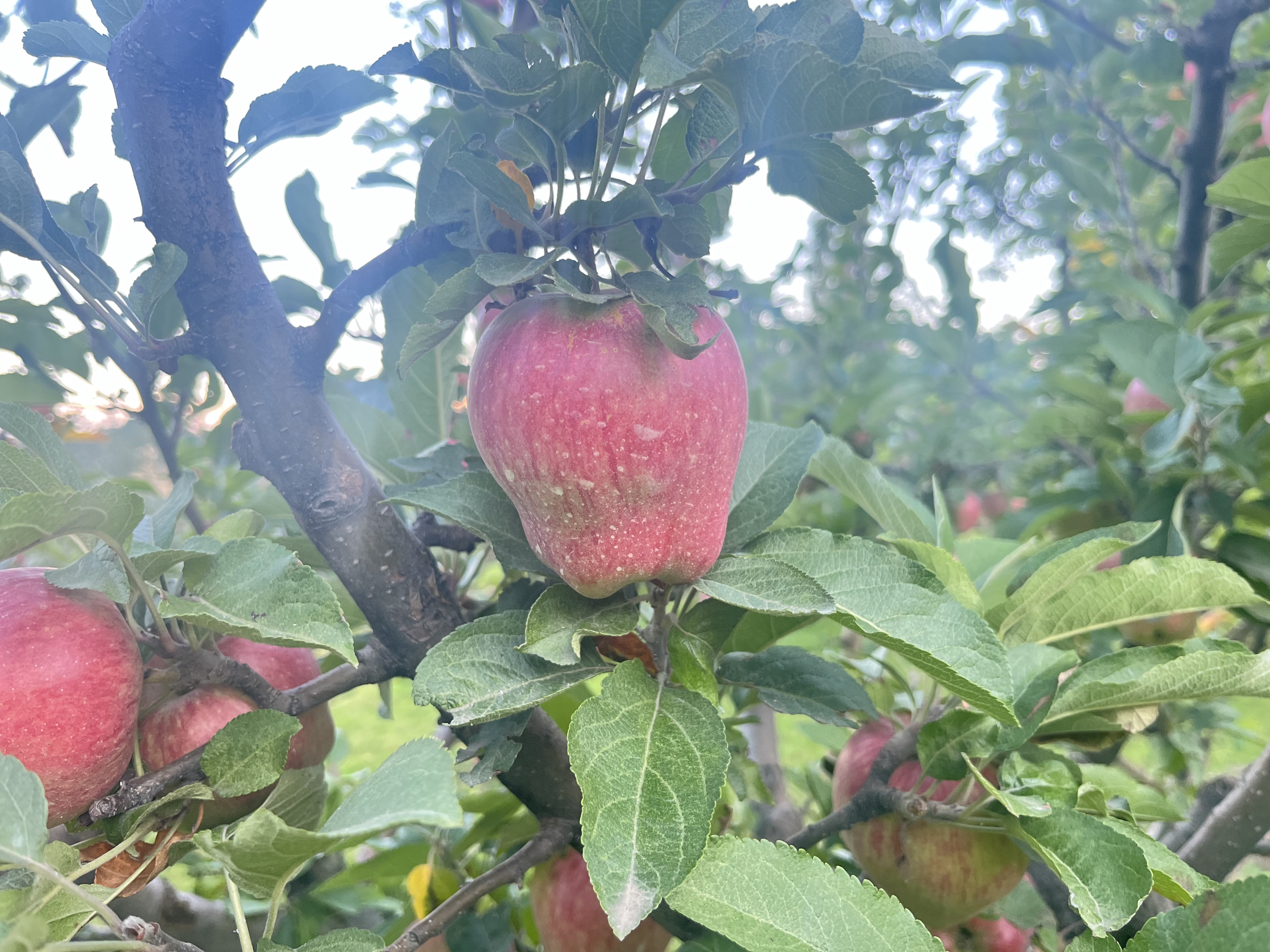
Even after the fruit is picked and packed, the task isn’t over. The transportation phase must be handled with care to ensure the produce reaches the markets in good condition. Post-harvest, many orchardists prune tree branches to protect them from winter snow damage, as the weight of snow can snap limbs and cause irreversible losses if preventive care is neglected.

Despite all this toil, the profits barely reflect the effort. What farmers receive after selling the fruits is often not even enough to cover their annual investments. A few among them — those who’ve embraced high-density plantations and imported varieties — do manage to earn better. But for the majority, the outcome is far from rewarding. Most of the profit margins are absorbed by intermediaries, as is sadly the case in many parts of the world.
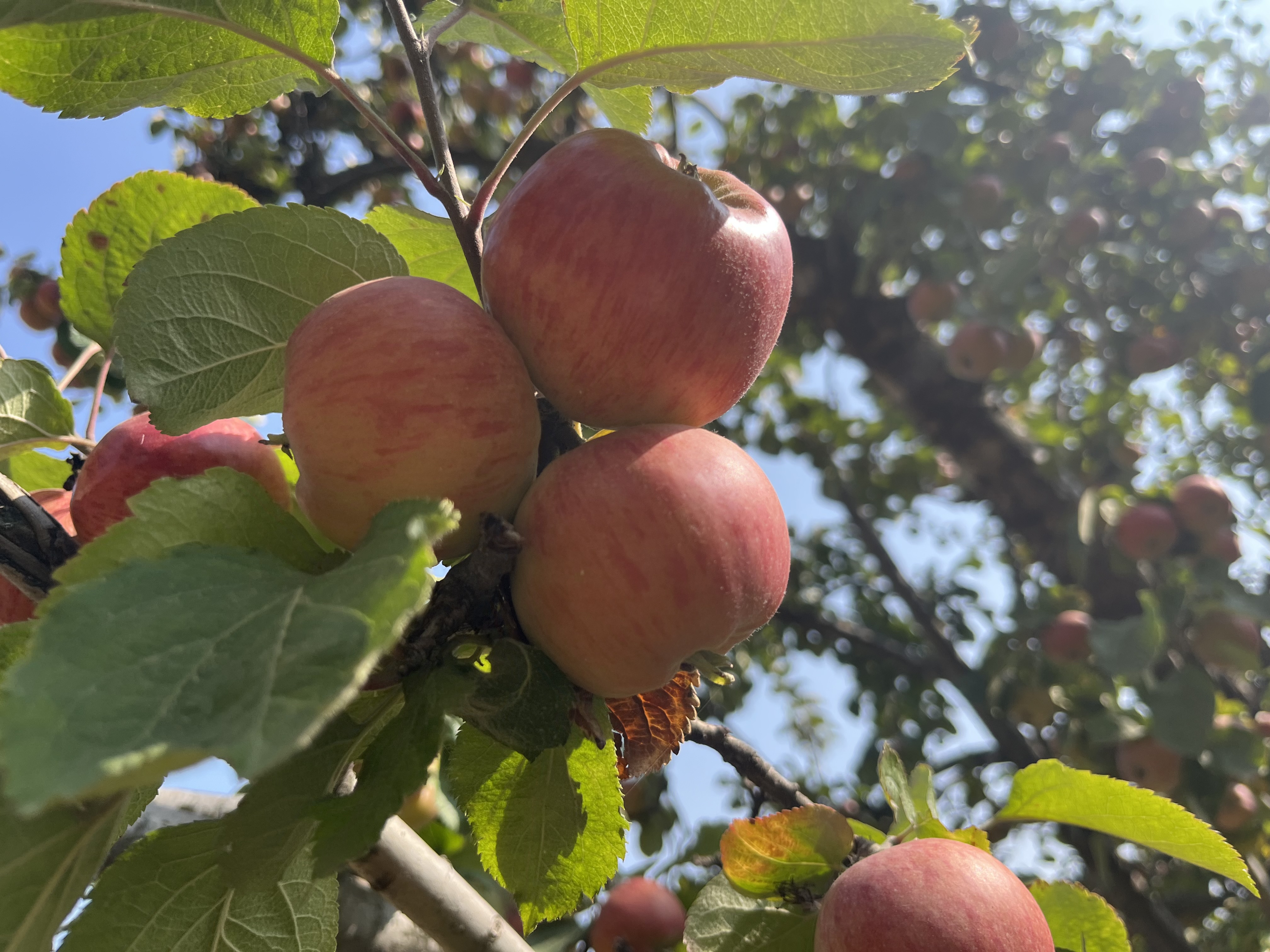
What’s most disheartening is that the ones who physically grow the produce — the actual backbone of the industry — are often left in a state of financial despair. Their sweat and commitment deserve more than just subsistence.
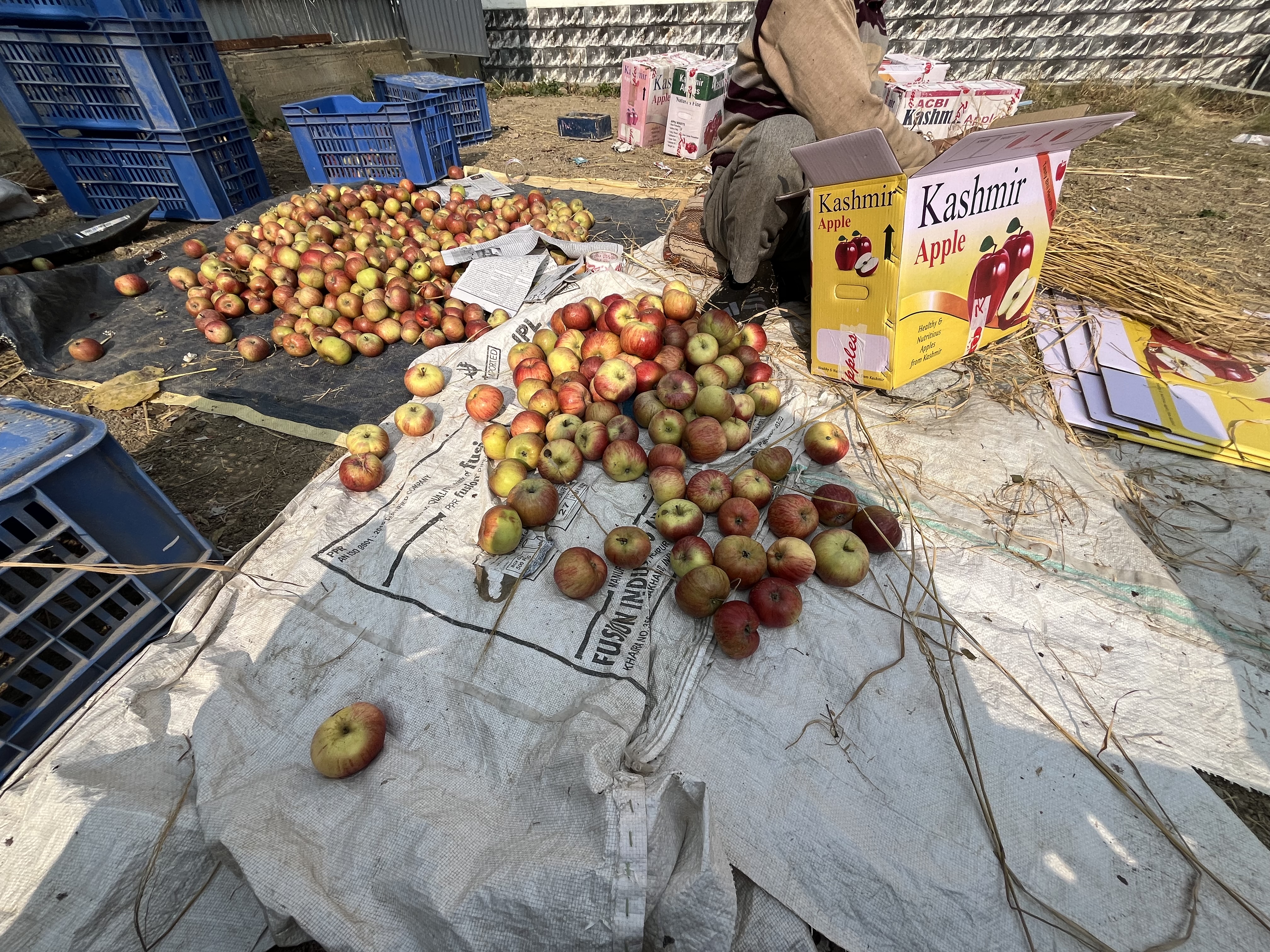
Thanks for giving your time to read through this. I hope this post has helped raise awareness about the challenges faced by the farming community in Kashmir. Wishing you a wonderful day ahead